National Reconciliation Week (NRW) 2025 marked a powerful moment of reflection and renewal under the theme Bridging Now to Next.
This year’s campaign urged us to look ahead and continue the push forward as past lessons guide us. It was a call to action, one that acknowledged the 25th anniversary of Corroboree 2000 and the historic Walk for Reconciliation across the Sydney Harbour Bridge, reminding us that reconciliation is not a destination, but a shared path we walk together.
Held annually from 27 May to 3 June, National Reconciliation Week invites all Australians to learn about our shared histories, cultures, and achievements. The dates commemorate two key milestones – the 1967 referendum and the High Court Mabo decision.
The 2025 theme spoke to the ongoing connection between past, present and future. In the theme artwork by Kalkadoon woman Bree Buttenshaw, native plants – known for regenerating after fire – symbolise strength and renewal. This showed a time for growth, reflection, and commitment to walking together.
Across schools, communities and workplaces, thousands joined the journey toward a better future. Nearly 700 choirs participated in Voices for Reconciliation, singing the classic Australian anthem Solid Rock and over 1,000 events were registered on the Reconciliation Australia website. See below for a snapshot of collective action across the country.
#NRW2025 reminded us that reconciliation is a journey of progress and setbacks, of listening and learning. As we bridge from now to next, the invitation remains, to engage, to act, and to commit to reconciliation not just for one week, but all year round.
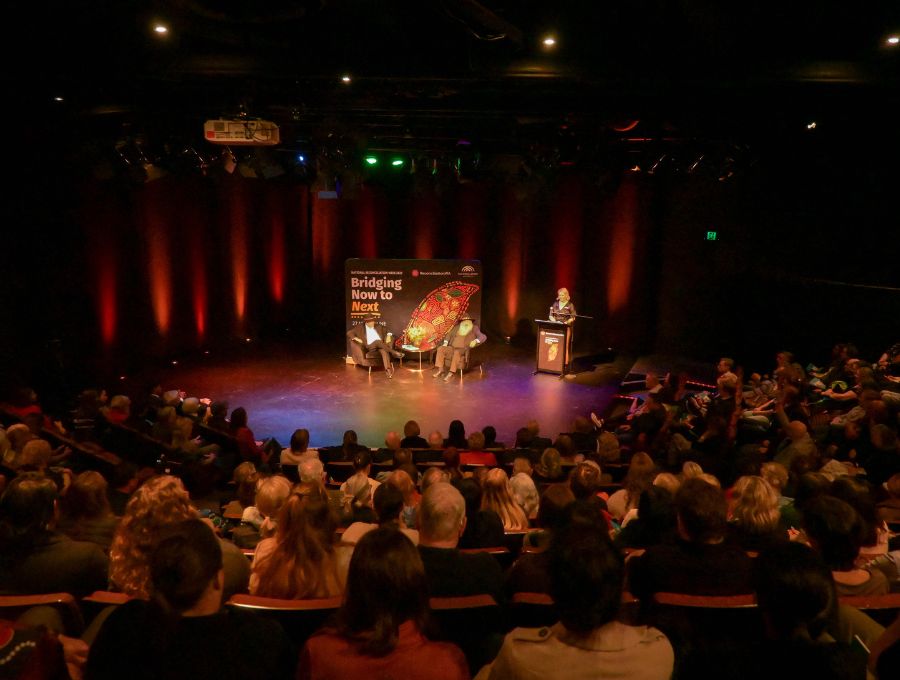
Pat Dodson’s Reconciliation Memoirs
As part of Reconciliation WA’s Reconciliation Memoirs series, Patrick Dodson – known as the “father of Reconciliation” – shared his story in conversation with Ken Wyatt at the book’s launch.
Watch this inspiring conversation now on SBS On Demand
Photo: Reconciliation WA
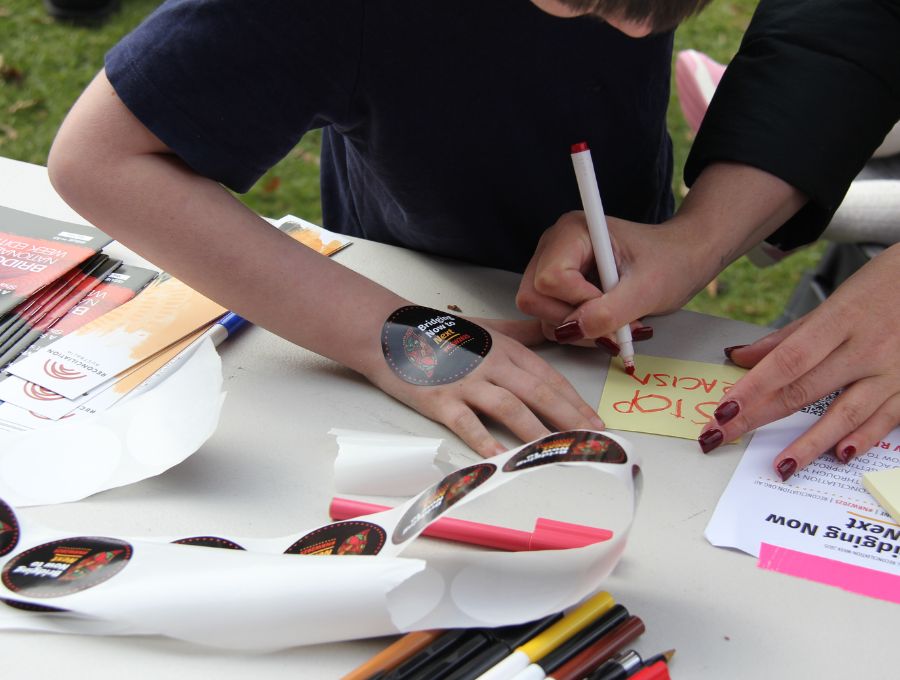
ACT Reconciliation Day
Thousands gathered in Commonwealth Park to honour Aboriginal and Torres Strait Islander cultures. At Reconciliation Australia’s stall, visitors pledged actions to help bridge from now to next.
Photo: Reconciliation Australia
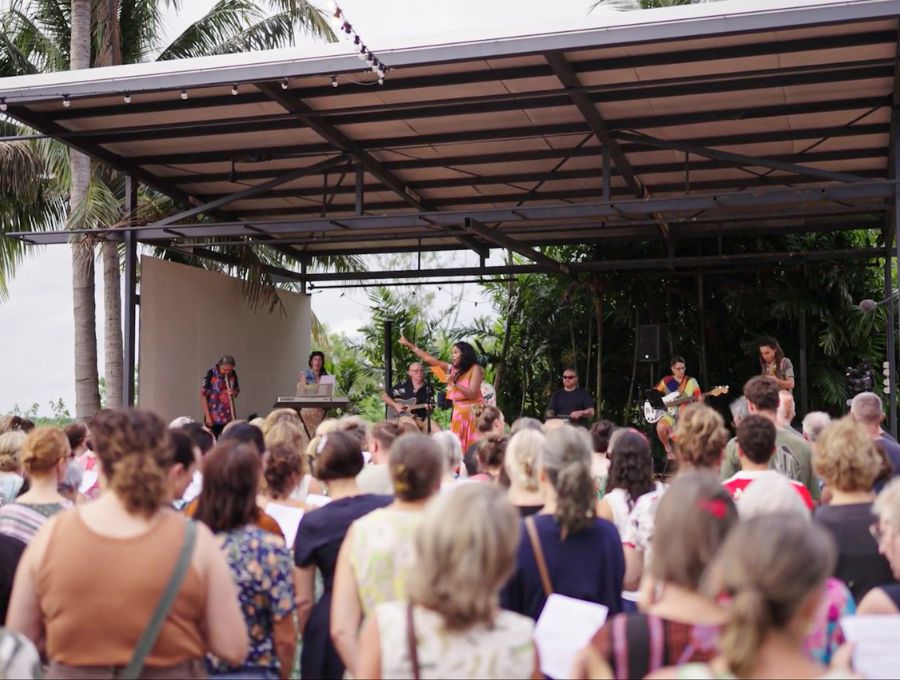
Darwin Beach Choir: Voices for Reconciliation
On Larrakia Country, the Darwin Beach Choir united over 100 voices to sing Solid Rock for Voices for Reconciliation, embracing music’s power to heal, connect, and inspire change.
Watch their performance on YouTube
Photo: Moogie Down, supplied by City of Darwin
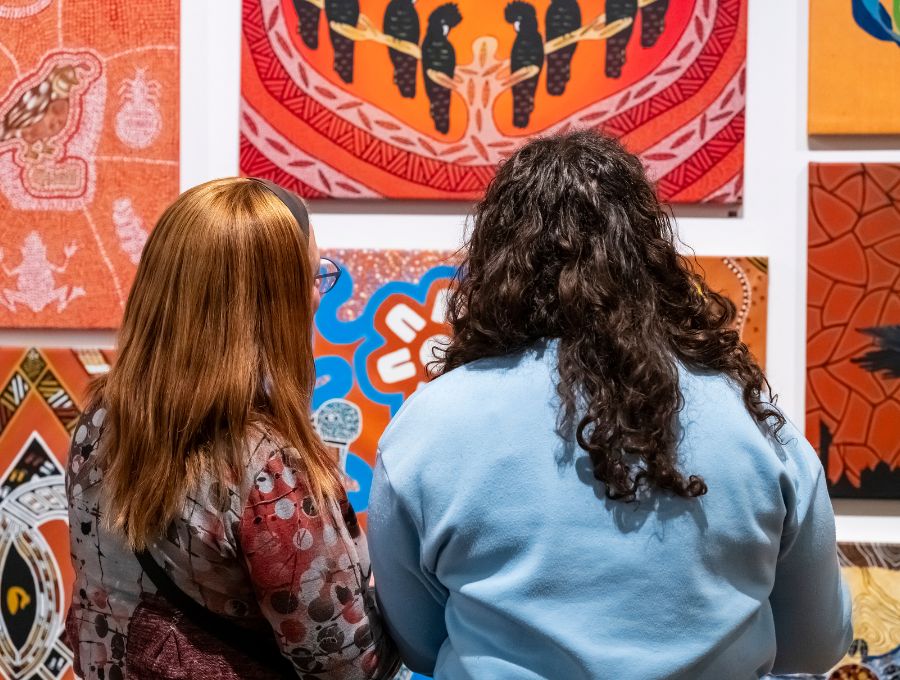
The Torch – Confined 16
The Torch’s sixteenth annual Confined exhibition showcased 452 artworks by First Nations artists impacted by the legal system in Victoria, celebrating cultural strength, identity, and resilience.
Photo: Tiffany Garvie
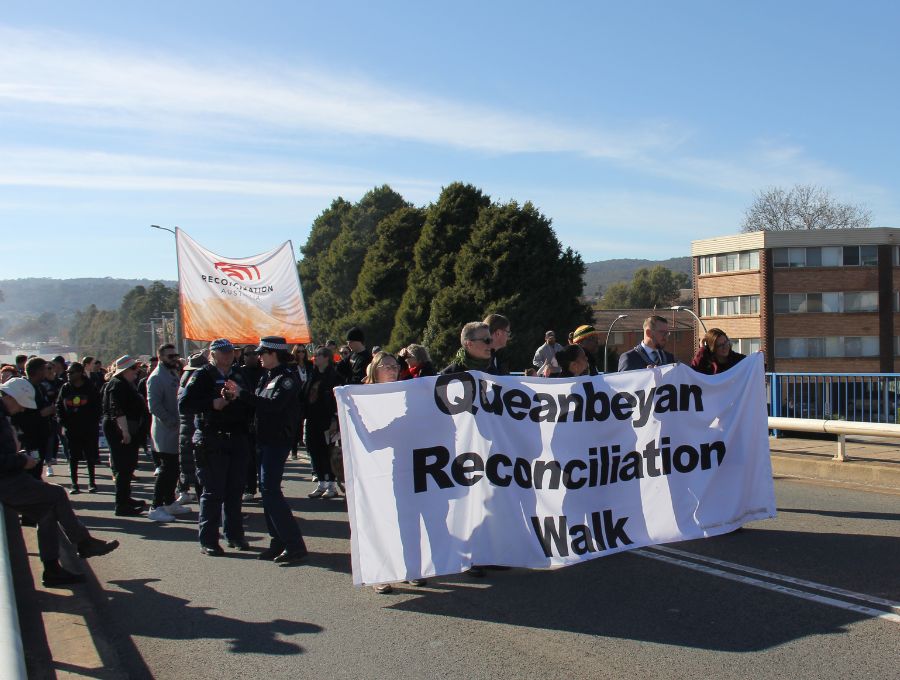
Queanbeyan Reconciliation Walk
Reconciliation Australia staff joined thousands of students and community members for the annual walk for reconciliation down Queanbeyan’s main street, proudly hosted by Queanbeyan-Palerang Regional Council.
Photo: Reconciliation Australia

City of Burnside sculpture unveiling
On Kaurna Country, the City of Burnside unveiled The Burnside Tamikuru Sculpture by artist Allan Sumner, representing the history of the Kaurna people and the deep connection between the Kaurna community and the land.
Photo: City of Burnside
This article is from the 54th edition of Reconciliation News. Read the rest of the issue.

